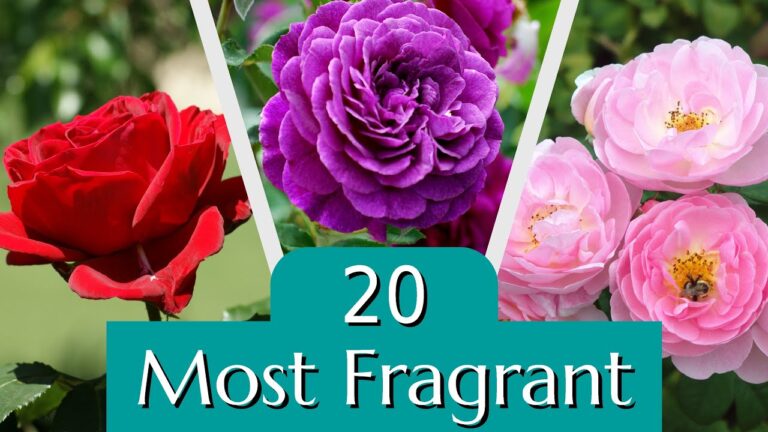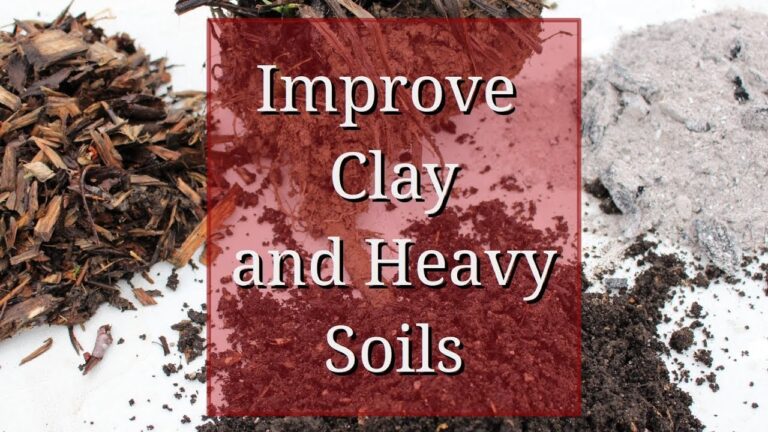Jason from Fraser Valley Rose Farm recently tackled the challenge of relocating a beloved ‘Madame Hardy’ rose within his garden. While planting a new rose and transplanting an existing one share similarities, the latter introduces the complication of transplant shock. This physiological stress occurs when the rose experiences root damage and a sudden environmental change. To ensure success, Jason emphasized minimizing harm to the plant and easing its adjustment to a new location.
Here’s a detailed guide to understanding and executing a rose transplant, based on Jason’s process and insights.
Timing Is Everything
Before grabbing a shovel or pruners, consider the calendar. Timing plays a critical role in reducing transplant shock. In northern temperate climates, the hottest months of June through August are best avoided due to intense stress caused by heat, while November through January present challenges like frozen soil and minimal root development. This leaves the mild shoulder seasons of early spring and fall—February through May and September through October, respectively—as ideal transplanting windows.
In the Southern Hemisphere, where seasons are reversed, avoiding the hottest months (December to February) is key. Cooler months like May through August typically provide the best conditions for a successful transplant.
Preparing the Rose for Transplant
Jason began his preparation by digging a wide circle around the rose, carefully preserving as much of the root system as possible. Despite the effort, some root loss is unavoidable, particularly the fine feeder roots vital for water and nutrient absorption. In regions with heavy clay soil, roots may lose the surrounding soil naturally during removal. While this is not ideal, it doesn’t necessarily harm the rose.
To Prune or Not to Prune?
Conventional advice often recommends pruning top growth to balance root loss, but Jason highlighted the nuanced findings of horticultural research. Studies, including those by Linda Chalker-Scott, show mixed results on the benefits of pruning. Removing top growth can reduce the plant’s energy reserves and hinder the regrowth of leaves vital for supporting the root system.
For Jason, the decision not to prune ‘Madame Hardy’ was twofold. First, this old garden rose blooms on old wood, meaning pruning would sacrifice the current season’s flowers. Second, avoiding unnecessary injury to both the roots and top growth minimizes additional stress.
However, for gardeners who opt to prune, focusing on removing weak, crossing, or diseased branches and improving air circulation is essential. Proper pruning technique ensures a healthier structure for the rose’s recovery.
Planting the Rose in Its New Home
Once out of the ground, it’s crucial to act quickly to reduce stress on the rose. Jason prepared a hole large enough to accommodate the root system and opted not to amend the soil with compost or fertilizers. While these additives can seem beneficial, they may introduce salts and organic matter that stressed roots struggle to process. Instead, Jason backfilled with native garden soil, tamping it down to match the surrounding firmness.
To ensure consistent moisture, Jason watered the transplanted rose thoroughly, aiming for twice-weekly watering in cool conditions and increasing frequency during hot weather. A mulch layer around the base helped to retain soil moisture and regulate temperature.
For gardeners needing to hold a rose out of the ground temporarily—perhaps during a move—Jason suggested placing the roots in a pot with moist potting soil and storing the plant in a shady location to reduce stress.
Aftercare and Recovery
Roses with compromised roots require diligent care post-transplant. Jason emphasized the importance of monitoring soil moisture regularly, particularly in dry spells, and being patient as the rose adjusts. Recovery time varies based on the extent of root loss and environmental conditions. While Jason avoids amendments, slow-releasing options like bone meal or mycorrhizae can provide a gentle boost without overwhelming the plant.
Final Thoughts on Transplanting Roses
Transplanting roses may seem daunting, but with careful planning and execution, it’s a manageable task. Jason’s experience with ‘Madame Hardy’ highlights the importance of timing, root preservation, and mindful aftercare. Whether you’re relocating a rose for better sunlight or making room for new garden projects, these steps will help ensure a smooth transition.






